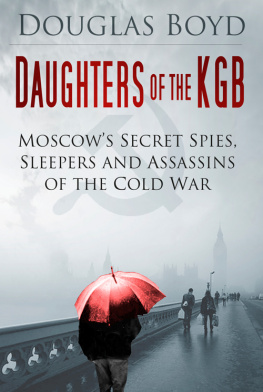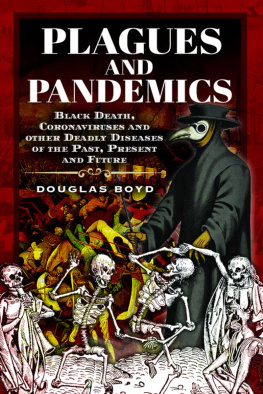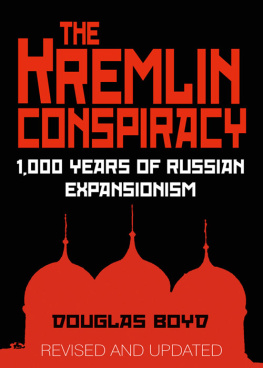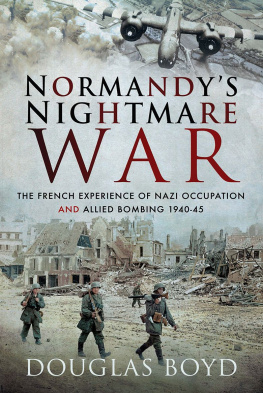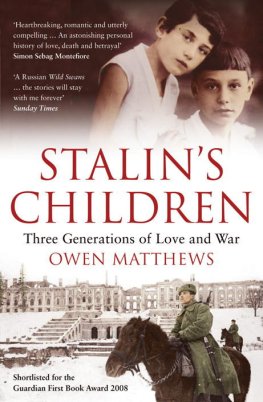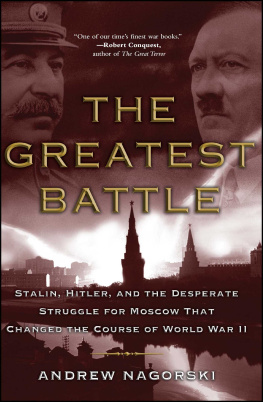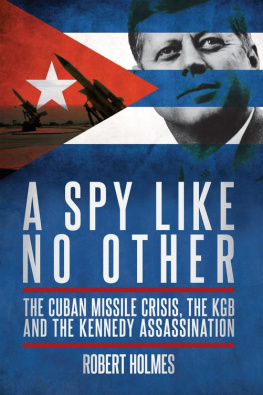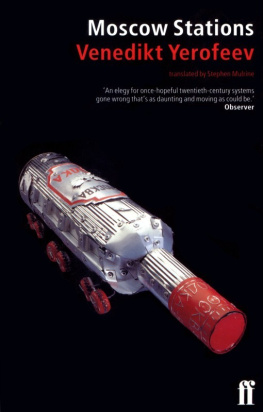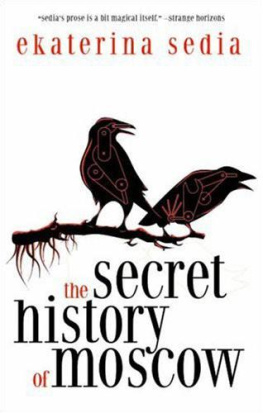10
The old German Communist Party KPD had a safe base in London before the Second World War, when a number of its leading lights moved there to keep out of the Gestapos clutches. They included Jrgen Kucyzinski, employed for a while at the London School of Economics, considered by many at the time and afterwards as a second Lenin School. Kucyzinskis daughter, code-named Sonja, repaid the political asylum granted her parents and herself by transmitting to GRU Centre in Moscow the despatches of the notorious Soviet spy Klaus Fuchs, who betrayed British nuclear secrets to the USSR, was imprisoned and then sought asylum in the GDR on his release. There were many other future members of SED and other East German bodies who spent the war safely in Britain before re-emigrating after 1945 to work against their wartime host country. Before and after the inception of the GDR it became difficult to infiltrate East Germans into Britain, but there was an easy alternative: they were first allowed to escape to the Bundesrepublik and afterwards came to Britain with no visa requirement after obtaining West German identity documents.
In 1959 the GDR Foreign Ministry was allowed to set up a trade mission in London, ostensibly to promote business between British companies and potential clients in the GDR. Incorporated under the name KfA Ltd, the mission afforded cover to military intelligence and other HVA officers, its last head becoming the first ambassador to the Court of St James when Edward Heaths government finally granted diplomatic recognition to the GDR in February 1973, just a few months after joining the European Community. From then until the reunification of Germany in 1990 the accredited diplomats in the GDR embassy in premises at 34 Belgrave Square, an address selected deliberately to be confusingly near to the Bundesrepublik embassy were for the most part Stasi officers using their diplomatic status as a cloak for spying and subversion. The embassy was, for them, Residentur 201. Presumably the staff in the British embassy in East Berlin were also spying and being spied on themselves. Who won that game of mirrors will never be known by the common public.
After the expulsion of ninety Soviet diplomats and the declaration as personae non gratae of fifteen others who were out of the country in September 1971, the GDR embassy staff arriving seventeen months later were, in a sense, replacements for the missing KGB men. So it is not surprising that at least 50 per cent of their work was directly for Moscow. Like the KGB and GRU (Soviet military intelligence), they increased their effectiveness by using many left-wing Britons to help in the theft of intellectual property and the subversion of British political parties and trade unions. These included members of the CPGB, who were prepared to do favours for the socialist countries and ignore the KGBs and Stasis appalling human rights record. Many other fellow-travellers, as they were called, later professed surprise that contacts which they considered part of a fight against fascism were actually assisting the espionage service of a state which considered itself or was considered by Mielke to be at war with Britain, the country which was referred to in internal documents as der Feind the enemy.
In the same way that satellite state intelligence officers were routinely warned off direct contacts with CPGB members, which belonged to the KGB, so certain party members were ordered not to have any direct contact with Iron Curtain intelligence services or travel to Eastern Europe for the subsidised holidays and medical treatment they could have enjoyed there. Barbara Einhorn, a sociologist at Sussex University, was one academic who had many contacts with members of the GDR embassy, almost certainly knowing that some of them were intelligence officers. Her husband, Canon Paul Oestreicher of Coventry Cathedral, formerly active in Amnesty International, was also involved. Einhorn, who held a New Zealand passport although having German parents, was arrested and interrogated for five days at Hohenschnhausen prison after being picked up for contacting GDR dissidents Ulkike Poppe and Barbel Bohley. She shrugged this off as an unfortunate mistake although would presumably have been enraged to be locked up for several days in Britain simply because she had been talking to someone.
Yorkshirewoman Fiona Houlding (code name Diana) was recruited while teaching English in Leipzig in a Romeo seduction by HVA officer Ralf-Jrgen Bhme.
As historian Anthony Glees points out, in making these connections they were breaking no law and may have betrayed no classified state secrets if they had none to betray, but all was grist to the Stasi mill. British informers and agents of influence retailing details of power struggles inside the political parties and hints on strategic policy must have been aware that any GDR citizen behaving similarly with Western intelligence officers would have seen the inside of a Stasi interrogation cell, with all the humiliation, pain and anguish that entailed and which lasted far longer for a GDR citizen than for Ms Einhorn. Yet Glees has been attacked on more than one occasion for outing the HVAs contacts in Britain perhaps by well-meaning liberals who believed the GDR Justizministeriums allegation that there were no political prisoners in the GDR.
At least one of the staff of Residentur 201 was an expert in weaponry and explosives. This was during the bloodshed in Northern Ireland. The HVA had links with the IRA, which used the Czech plastic explosive Semtex. Like the Hungarian intelligence officers in London, the GDR diplomats were also suspected of affording facilities to Middle Eastern terrorist organisations. In 1983 Heinz Knobbe, described as the deputy ambassador, was expelled from Britain for activities incompatible with his diplomatic status.
On 19 July 1985 the British Secret Intelligence Service lifted double agent KGB Colonel Oleg Gordievskii by spiriting him across the SovietFinnish border in a split-second operation that could only work once. Gordievskii having been the rezident in the Soviet embassy in London, it is likely there was a connection between his arrival in the West and the apprehension one month later of a typically suburban couple using the names Reinhard and Sonja Schulze, although some sources aver that the tip-off came from the BND. Whichever is true, they were arrested at their rented home, 249 Waye Avenue in Cranford, near London Airport. The husband was a talented kitchen designer, highly valued by his employer and liked by his clients; his wife worked as a technical translator. Reinhard had come to Britain with a West German passport in 1980, concealing the fact that he also held papers in the name of Bryan Strunze, the British-born son of a German father and English mother, who disappeared on a visit to the GDR. The false Schulze rented an apartment for a few months, but then disappeared to follow a correspondence course in interior design. Although without visible means of income, he seemed to have plenty of cash. After leaving the country briefly, he returned with Sonja, posing as his fianc, whom he said he had met while on holiday in Ireland. They married in Hounslow Registry Office, where he gave his age as 32; she stated hers as 29 and gave her maiden name as Ilona Hammer.
After renting the house in Cranfield, they were an unremarkable couple to the neighbours and a pair of grey ghosts to monitors in Government Communications Headqaurters (GCHQ). The British government had intercepted messages from a short-wave transmitter somewhere near Berlin giving the newly-weds their instructions, but were unable to decipher the Morse code blocks of five-figure groups. When the house in Waye Avenue was raided by Special Branch officers, a large collection of detailed maps was found, especially focusing on flight paths into Heathrow and other important British airports, together with many British town plans. Various agencies took the house to pieces, and the most incriminating find was inside a can of aerosol in the garden shed, where partly used one-time pads were concealed. These had served to decipher the incoming Morse transmissions picked up in Cheltenham. Whether they permitted the deciphering of the recorded transmissions by staff at GCHQ was not revealed, but it would have been usual procedure to destroy the used sheets associated with those transmissions. A short-wave receiver and tape recorder were also found, but no transmitter. Well secreted in the lining of a holdall was what appeared to be an escape kit containing false papers for the couple under different names and a supply of cash.

